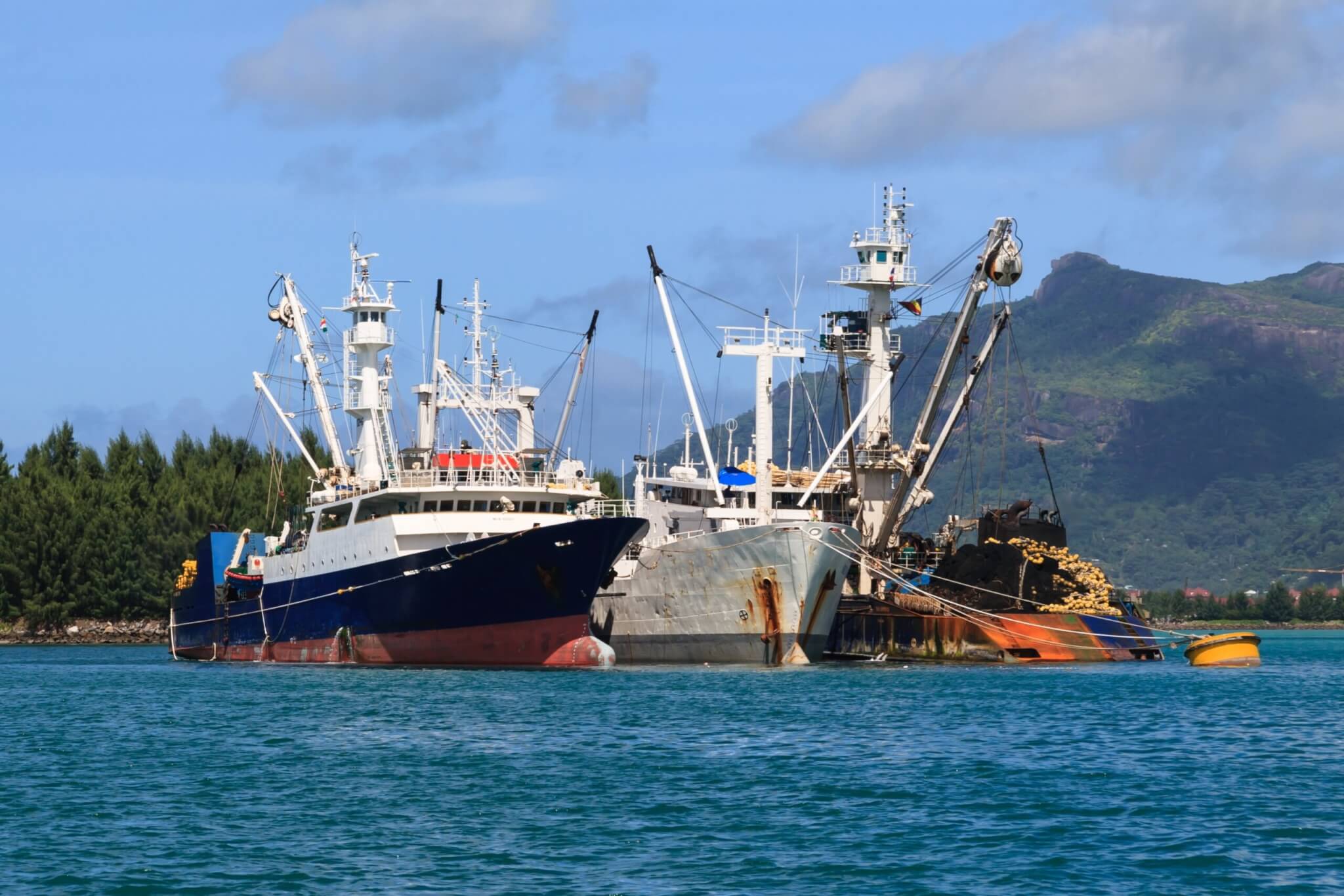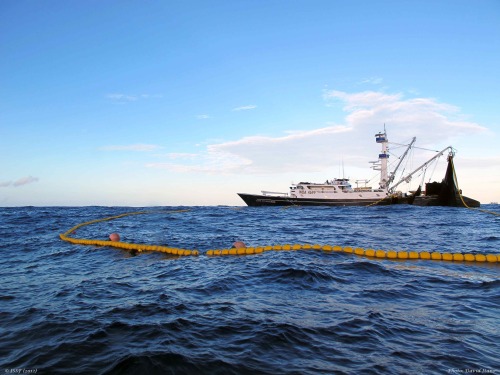We have answered common questions vessel owners and other stakeholders have about ISSF’s ProActive Vessel Register.
If you have questions about the ProActive Vessel Register (PVR) that aren’t answered on the site, contact us.
The ProActive Vessel Register (PVR) is an effective way for vessel owners to identify themselves as active participants in meaningful tuna sustainability efforts. The PVR provides validated information to tuna purchasers and interested stakeholders about the positive steps each vessel is taking in implementing specific best practices designed to improve responsible practices in tuna fishing.
The PVR is the most effective mechanism currently available that transparently identifies — among the vast and disparate global tuna fishing fleet — those individual vessels that are implementing science-based, sustainable tuna fishing practices.
By tracking compliance by individual vessel — validated through third-party auditing — the PVR offers all interested stakeholders credible information to inform their programs, procurement and decisions.
The International Seafood Sustainability Foundation (ISSF) created the PVR. Although ISSF administers and maintains the PVR, it does not endorse any listed vessel. The information on the PVR is audited by an independent third-party auditor.
ISSF Conservation Measure 7.2 explicitly provides that a large-scale purse seine vessel not on the ISSF Record of Large-Scale Purse Seine Vessels will not be eligible for listing on the PVR. All other vessels fishing for tuna can be listed on the PVR, regardless of the gear used or market supplied.
No, the vessel can be listed on the PVR, but the status will be shown as a red X.
Yes, all vessels and gear types are eligible.
If your vessel supplies an ISSF Participating Company, that company may require that you list your vessel on the PVR. Currently, any large-scale purse seine vessels that ISSF participating companies source from must be on the PVR.
The PVR identifies compliance or non-compliance with specific best practices as determined by independent, third-party audits. MRAG Americas, a leading fisheries consultancy, conducts a comprehensive scheme of audits according to defined Audit Protocol by gear type: Purse Seine; Longline; Pole & Line, Handline and Troll; and Supply & Tender Vessels.
PVR vessels' aggregate performance on ISSF conservation measures is published in an annual compliance report.
Read about ISSF procedures for delisting (removing) and relisting vessels on the Register. We also maintain a public list of all delisted and relisted vessels.
You can search and filter the PVR by vessel name, UVI number, RFMO region, and many other characteristics. Hover your cursor over column headings to see brief descriptions of the column categories. You also can view historical data on a vessel by clicking the “History” symbol next to the vessel name.
The symbols on the PVR provide the following information based on audit results:
| A green checkmark means the vessel implements the best practice. | |
| A red mark means that the vessel does not implement the best practice. | |
| A circle symbol means the vessel’s implementation of a best practice is currently pending verification or further action, subject to the time limits contained in the PVR Terms and Conditions. Purchases from a vessel “in process” may result in a non-conformance finding for an ISSF Participating Company during a subsequent MRAG audit unless the purchaser obtains proof of implementation directly from the vessel. | |
| “N/A” | means the best practice is not applicable. |
| - | An en-dash means the best practice does not need to be implemented by that vessel type. |
| The history button shows historical data for a vessel’s changes on the PVR. |
ISSF provides several resources, including in-person workshops, online guidebooks for skippers on purse seine and longline vessels and observers on purse seine vessels translated into various languages, an online video of an ISSF Skippers Workshop and other resources.
All skippers and others in leadership roles directing the fishing operations onboard large-scale and small-scale purse seine vessels are required to attend a workshop, complete the guidebook (PDF or online versions), or view the online video. (Skippers of very small-scale purse seine vessels, below 30 GT, are currently exempt from this requirement, but are encouraged to review the material.)
For longline vessels, skipper training on best practices also is now required. See ISSF conservation measure 3.4 for more information. ISSF provides downloadable and online guidebooks for longline fishers.
Attendance at an in-person workshop is recorded by the ISSF-approved trainer.
Persons completing the online Skipper Guidebook or viewing the online video must complete and submit the Certificate of Completion provided in the Guidebook and video.
Vessel Owners: Owners of vessels that fish for tuna — regardless of gear type — can list their vessels on the PVR to publicly signify their ongoing commitment to sustainable fishing practices.
Retailers: Retailers interested in supporting or implementing sourcing requirements for sustainable tuna can encourage their suppliers to source tuna from vessels that are listed on the PVR.
Environmental Stakeholders: Those stakeholders with industry relationships can encourage vessels to register on the PVR, either directly or by encouraging their retail partners to do so.
- Quick Links
-
PVR Application Form
-
PVR Terms & Conditions
-
Conservation Measures
-
Conservation Measure Information for Vessels (September 2024)
-
Update to ISSF Annual Conservation Measures & ProActive Vessel Register Compliance Report (November 2024)
-
Vessel Resources
-
Vessel Removal Form [MS Word]
-
Vessel Replacement Form [MS Word]
-
Delisting or Relisting Procedure [PDF]
-
Delisted or Relisted Vessels [PDF]


